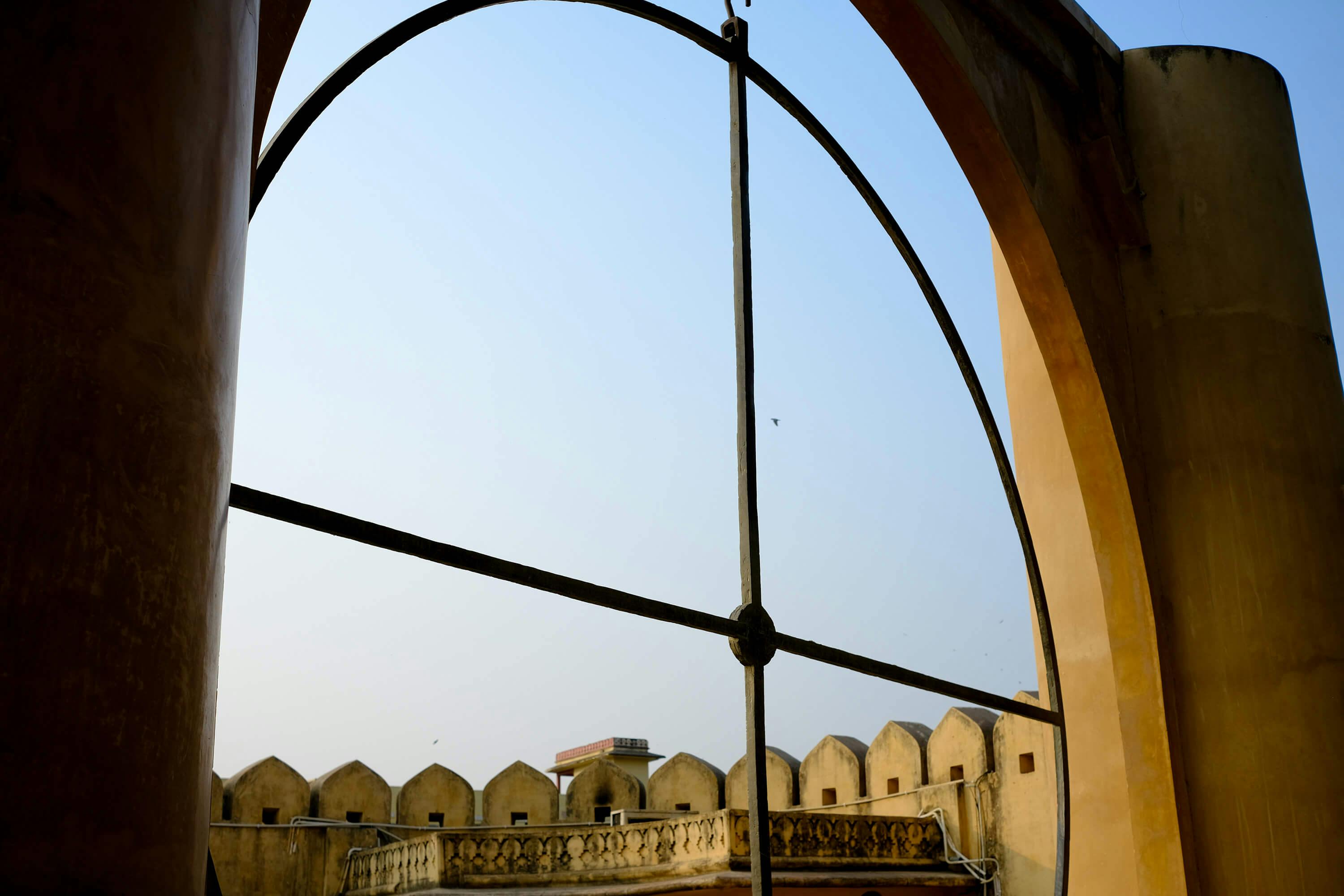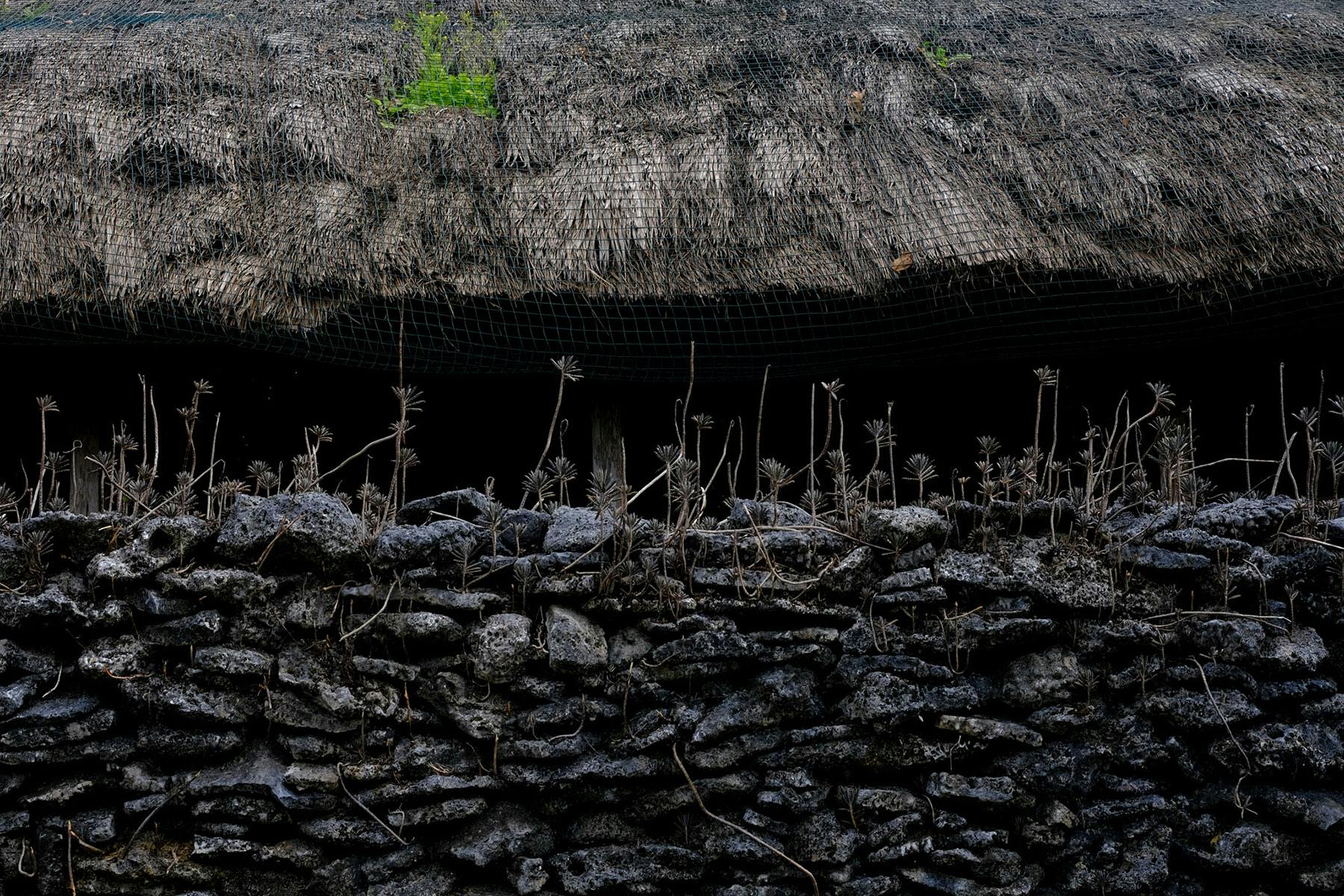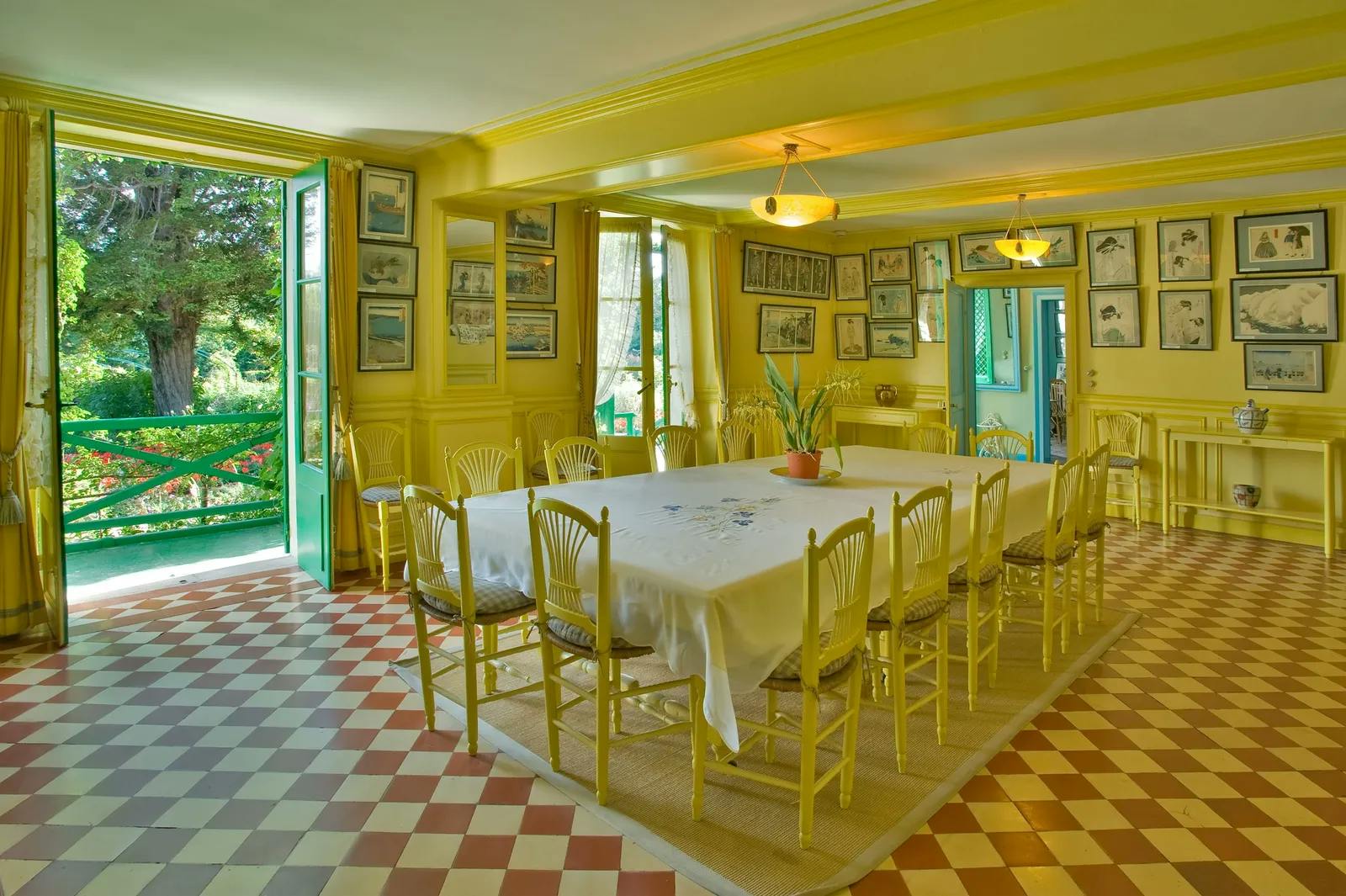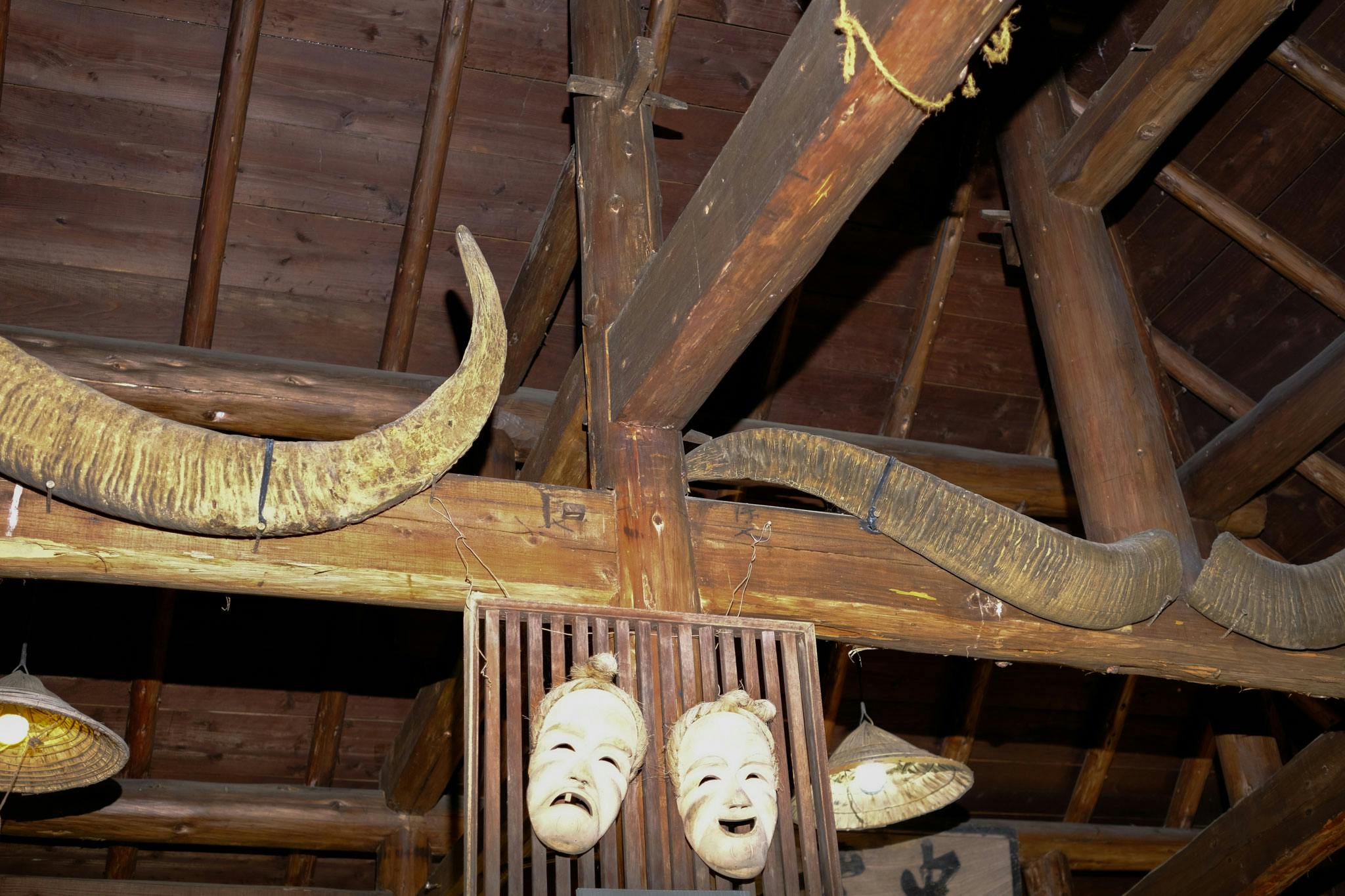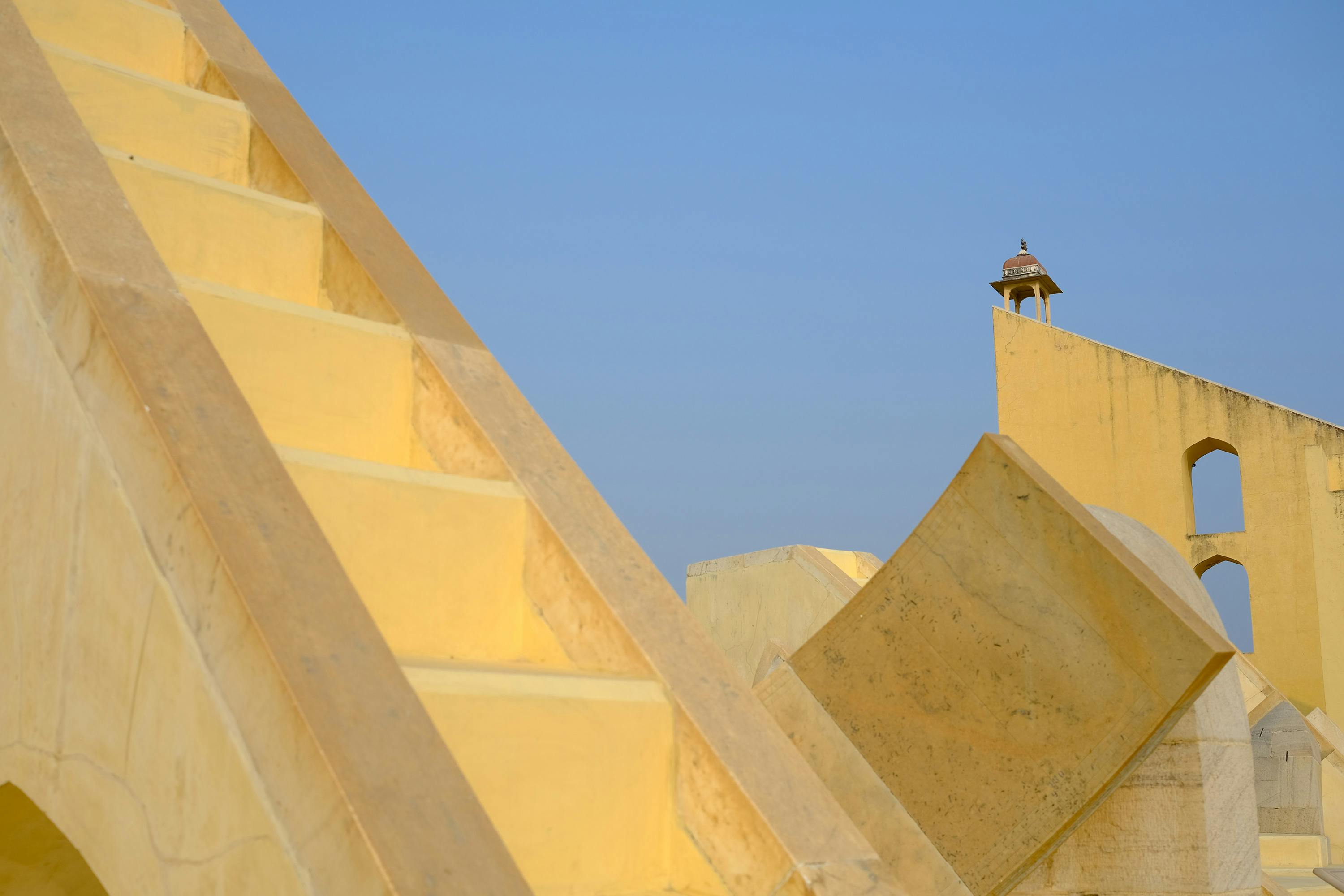
Jantar Mantar
Jantar Mantar is an 18th-century architectural astronomical observatory in Jaipur, India composed of large-scale instruments for measuring celestial time and movement.
Jantar Mantar was constructed in the early 18th century under the direction of Maharaja Sawai Jai Singh II, a scholar and astronomer who sought to create precise, large-scale instruments for celestial observation. Completed in 1734, the observatory consists of nineteen fixed architectural devices designed to measure time, predict eclipses, and track the positions of stars and planets. Combining astronomy, mathematics, and monumental design, Jantar Mantar represents a uniquely Indian approach to scientific inquiry—one where architecture becomes a tool for reading the cosmos.
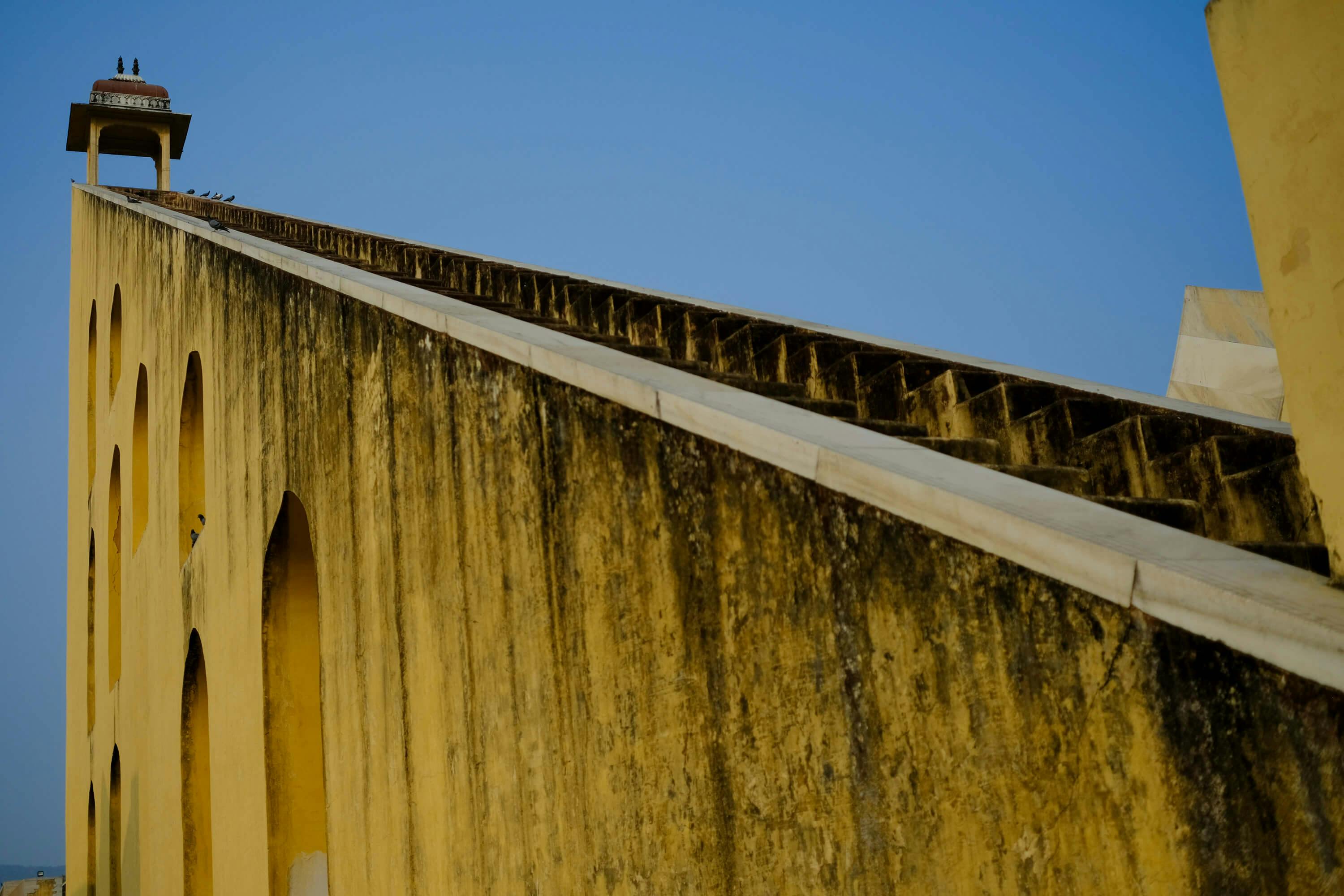
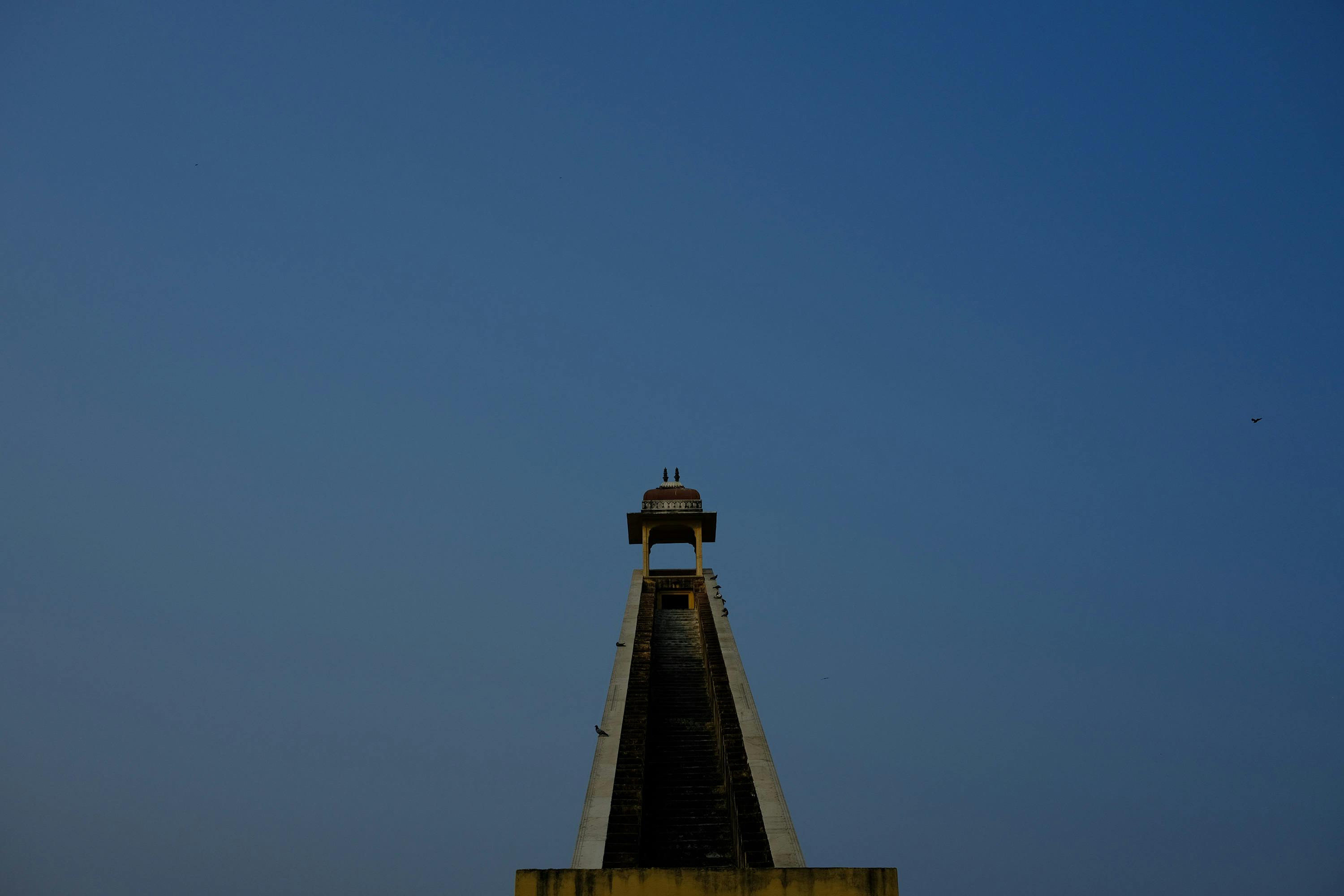
Unlike European observatories of the same period, which relied on optical instruments housed in domes or towers, Jantar Mantar consists of fixed, large-scale architectural forms calibrated to the naked eye. The instruments—some over 25 feet high—include sundials, meridian alignments, and celestial tracking devices, all constructed in local stone and lime plaster. The most prominent of these, the Samrat Yantra, functions as a solar clock capable of measuring time to an accuracy of two seconds. Geometrically rigorous and spatially exacting, these instruments transform astronomical calculation into a public, architectural experience.
The site reflects Jai Singh II’s ambition to synthesize Mughal, Persian, and classical Indian cosmological knowledge into a system of empirical observation. While five Jantar Mantars were constructed across India, the Jaipur site remains the most complete and architecturally refined. Unlike utilitarian scientific infrastructure, the observatory’s formal clarity and monumental scale suggest both ritual and reason—an Enlightenment-era project inflected with local metaphysics. Today, Jantar Mantar is maintained as a UNESCO World Heritage Site, largely intact and minimally restored. It stands not only as a record of early modern Indian astronomy, but as a rare example of architecture employed as both scientific instrument and cosmological proposition.
